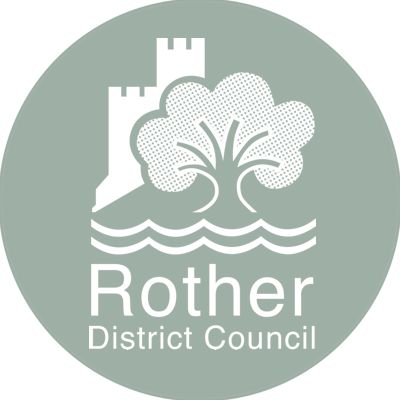Agenda item
Proposed Change to the Decision-Making Structure - Reduction of Members Appointed to the Planning Committee
Minutes:
Members received the report of the Chief Executive which outlined the proposed reduction of Members appointed to the Planning Committee (PC) from 14 Members to 10, subject to full Council approval at the Annual Council Meeting. In order for this approval to be sought, the tight timescale meant that it had not been possible to consult formally with the PC ahead of this meeting and this would therefore take place informally via MS Teams in due course and their views submitted to the Annual Council Meeting, as part of the reference from this Committee.
The PC comprised of 14 Members, which was a medium to large Committee, and had been that size for 20 years, reducing from 15 to 14 in December 2003. Members were appointed in accordance with political balance, which was currently broken down as four Conservative Members, three each for the Rother Association of Independents, Labour and Liberal Democrats and one Green.
There was also a high number of Cabinet Members either acting as Substantive (three) or Substitute (four) Members on the PC which was inadvisable. The Cabinet and PC role could regularly clash, particularly if the portfolio was relevant to a particular application or if an application had a positive or negative impact on the Council’s corporate priorities or land.
The time and commitment required by Members of the PC could not be underestimated and the number of Members who could dedicate their time to the role was therefore limited. Since the introduction of the public speaking scheme in its present form, the length of meetings had also increased, and on some occasions, had been over six hours in length.
The most effective PCs tended to be smaller, under 10 Members. In comparison to 16 other councils across the south east, 13 had less than 14 Members, with six of these having 10 or less Members. It was therefore recommended that the number of Members appointed to the PC be reduced from 14 to 10. The number of Members appointed by each political group, would be reduced by one per group (save for the Green Party who would retain their existing seat) and each political party would have a named substitute as per the current substitute scheme.
During the debate, the following points were noted:
• concerns were raised about not allowing any Cabinet Members on the PC, particularly from the smaller parties, as this would leave a limited number of their Members available to act as either substantive or substitute Members;
• consideration should be given to not allowing certain Cabinet posts with portfolios that included planning, housing and possibly environmental issues;
• politics should not play a part in the PC, but more weight given to a balanced split between rural and urban Members, due to the varied topography of the district. This should be set out in the Constitution;
• the PC should also comprise of representatives from the smaller towns;
• a broader discussion was required by the PC and other Members, with the views from those discussions, plus the views of the Audit and Standards Committee, taken to full Council in May. An informal meeting would take place over MS Teams and would be open to all Members;
• the Cabinet Member for Planning should not be Chair of the PC;
• if there was not to be a blanket ban on all Cabinet Members acting as substantive or substitute Members of the PC, then individual portfolios to be banned should be specified in the Constitution;
• Members on the Board of the Housing Company and any future Council owned company should not be on the PC;
• environmental issues affected the Council as a whole, so should not restrict the Cabinet Portfolio Holder from acting as a Member of the PC; and
• consideration should also given to the Leader not acting as a Member of the PC.
After the discussion, the Committee recommended that the PC be reduced by up to four Members and the decision on the final number be taken at full Council, once the views of the PC and other Members were considered. Regard should be given to the rural / urban balance due to the varied topography of the district, plus representation of the smaller towns. Finally, in order to respect probity in planning, the Committee also recommended that the Cabinet Portfolio for Planning should not take the position of Chair of the PC.
RECOMMENDED: That:
1) the number of Members appointed to the Planning Committee be reduced by up to four, the final number to be decided by full Council, to take effect from the first meeting in the new civic year 2024-25 (30 May);
2) regard be given to the rural / urban balance of the Planning Committee Members, due to the varied topography of the district, plus representation of the smaller towns;
3) the Chair of the Planning Committee not to also be the Cabinet Portfolio for Planning;
4) the views of all Members be sought at an informal MS Teams meeting in due course and comments received alongside the reference from this Committee; and
5) the Chief Executive be authorised to make all necessary amendments to the Council’s Constitution to reflect the new size of the Committee, subject to full Council approval.
Supporting documents:
